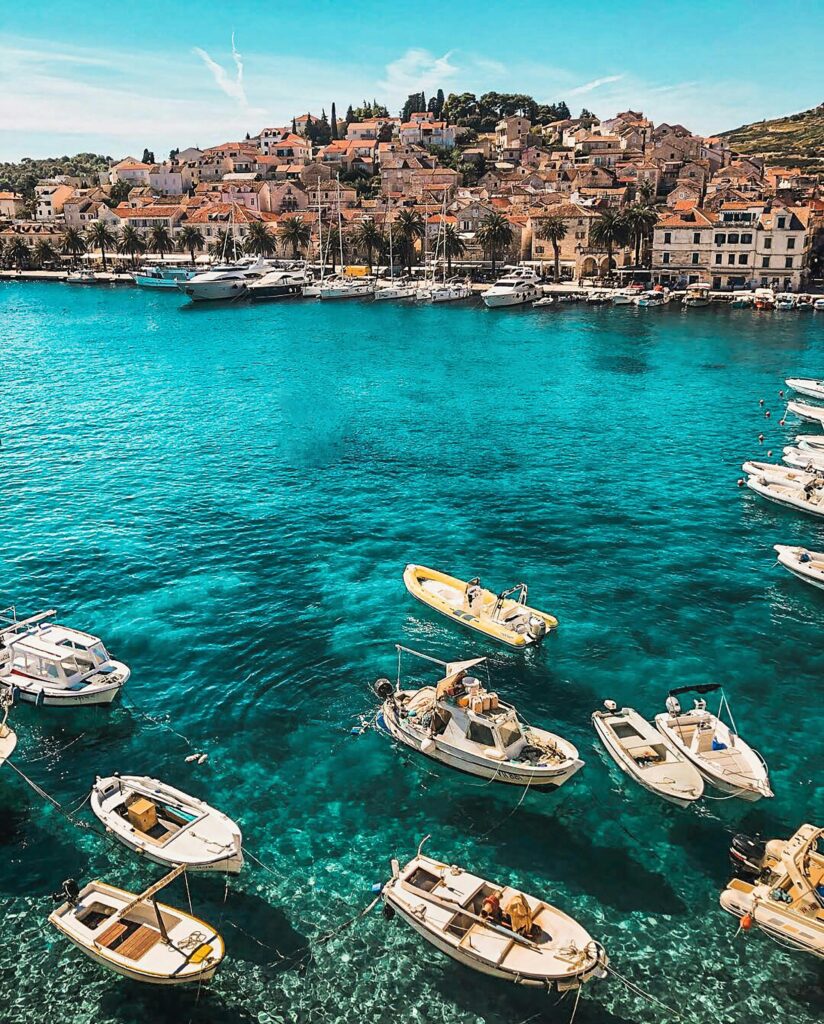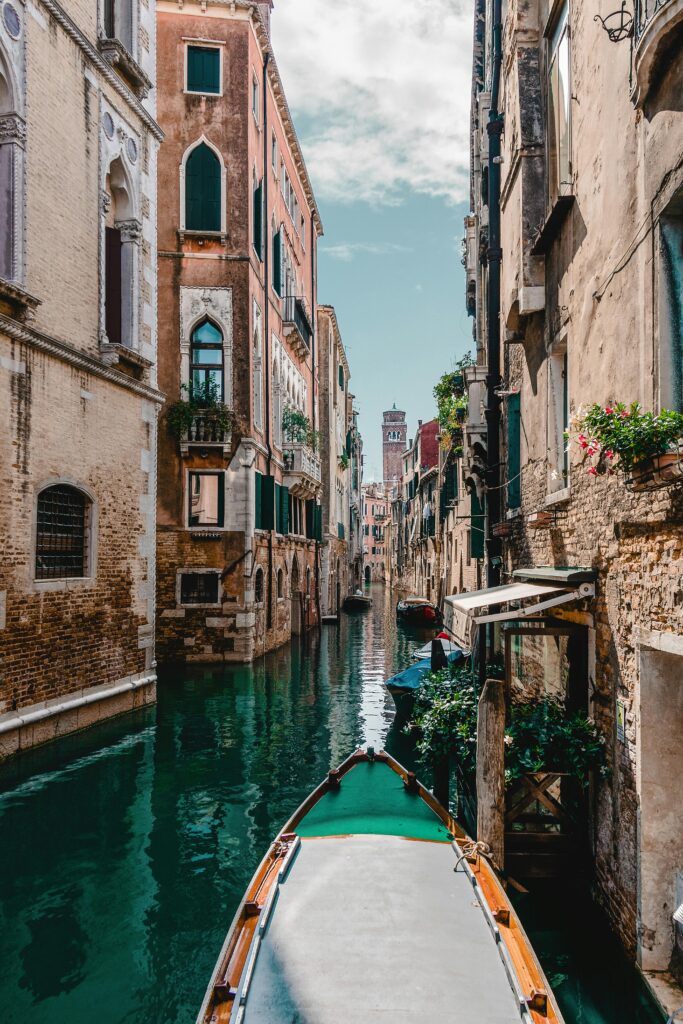Asia, the world’s largest and most populous continent, offers a kaleidoscope of experiences that few other places on earth can rival. From the snow-capped Himalayas to the tropical islands of Southeast Asia, from the ancient temples of Angkor to the futuristic skylines of Tokyo and Singapore, the continent is a treasure trove for travelers seeking adventure, culture, history, and natural beauty. Whether you’re a first-time visitor or a seasoned explorer, traveling in Asia is a journey that will leave an indelible mark on your soul.
Understanding Asia’s Regions

Asia is vast and incredibly diverse, both geographically and culturally. The continent is typically divided into six major regions, each with its own distinct character and allure58:
- North Asia: Dominated by Russia and Siberia, this region is known for its wild, untamed landscapes and extreme climates.
- Central Asia: Once the heart of the Silk Road, Central Asia includes Kazakhstan, Kyrgyzstan, Tajikistan, Turkmenistan, and Uzbekistan. Here, ancient caravan cities blend with nomadic traditions.
- East Asia: Home to China, Japan, Mongolia, North Korea, South Korea, and Taiwan, East Asia is a blend of ancient civilizations, cutting-edge technology, and unique cultural traditions.
- South Asia: The Indian subcontinent includes India, Nepal, Bangladesh, Sri Lanka, Bhutan, and the Maldives. Expect vibrant cultures, spiritual journeys, and dramatic landscapes.
- Southeast Asia: A favorite among backpackers and luxury travelers alike, this region encompasses Thailand, Vietnam, Cambodia, Laos, Myanmar, Malaysia, Singapore, Indonesia, Brunei, and the Philippines.
- West Asia: Also known as the Middle East, this region is famed for its ancient history, religious significance, and diverse cultures.
Planning Your Trip: Practical Tips
When to Go
Asia’s climate varies dramatically. Southeast Asia is best visited during the dry season (November to April), while Japan’s cherry blossoms bloom in March and April. Central Asia is most pleasant in spring and autumn, and the Himalayas are best for trekking from October to November or March to May48.
Getting Around
Asia offers a plethora of transportation options. Domestic flights, high-speed trains (especially in China and Japan), long-distance buses, and ferries connect major cities and tourist hotspots. Within cities, metros, tuk-tuks, rickshaws, and ride-hailing apps make local travel easy and affordable. Booking tickets in advance, especially for trains and flights, can save both money and time3.
Accommodation

From luxury resorts and boutique hotels to budget hostels and homestays, Asia caters to every traveler and budget. Online booking platforms make it easy to compare prices and read reviews. Consider proximity to attractions, access to public transport, and safety when choosing where to stay3.
Embracing Local Culture
Respecting local customs and etiquette is crucial. Dress modestly in religious sites, remove shoes before entering homes or temples, and learn a few basic phrases in the local language. Tasting street food, participating in festivals, and engaging with locals will enrich your journey3.
Top Destinations in Asia
Southeast Asia: A Backpacker’s Paradise
Thailand is a perennial favorite, offering everything from bustling Bangkok to the tranquil beaches of Phuket and the cultural riches of Chiang Mai. Street food, night markets, and ornate temples are everywhere68.
Vietnam enchants with its blend of old and new. Hanoi’s ancient streets, the lantern-lit town of Hoi An, the dramatic limestone karsts of Ha Long Bay, and the vibrant energy of Ho Chi Minh City make it a must-visit68.
Cambodia is home to the awe-inspiring temples of Angkor, while Laos offers serenity in Luang Prabang and adventure in Vang Vieng68.
Indonesia boasts over 17,000 islands, with Bali standing out for its beaches, rice terraces, and spiritual culture. Java, Sumatra, and the Gili Islands are also worth exploring68.
The Philippines is famed for its white-sand beaches, turquoise waters, and friendly locals. Island-hopping in Palawan or diving in Cebu are unforgettable experiences8.
East Asia: Tradition Meets Modernity
Japan is a land of contrasts, where ancient shrines and tea ceremonies coexist with neon-lit cities and bullet trains. Tokyo dazzles with its futuristic vibe, Kyoto offers a glimpse into the country’s imperial past, and Hokkaido lures nature lovers with its wild beauty68.
China is vast and varied, from the Great Wall and Forbidden City in Beijing to the karst landscapes of Guilin and the modern metropolis of Shanghai. Hong Kong is a global culinary and shopping hub68.
South Korea is known for its dynamic capital Seoul, rich history, K-pop culture, and delicious cuisine. Don’t miss the ancient palaces, bustling markets, and scenic countryside68.
South Asia: Spirituality and Spectacle
India is a sensory overload, with its colorful festivals, spicy cuisine, and architectural wonders like the Taj Mahal. From the beaches of Goa to the palaces of Rajasthan and the backwaters of Kerala, India is endlessly fascinating68.
Nepal is the gateway to the Himalayas, offering world-class trekking, Buddhist monasteries, and the vibrant city of Kathmandu68.
Sri Lanka charms with its tea plantations, ancient ruins, wildlife safaris, and pristine beaches6.
The Maldives is the epitome of paradise, with luxury resorts set on turquoise lagoons and coral reefs teeming with marine life8.
Central and West Asia: The Silk Road and Beyond

Uzbekistan, Kyrgyzstan, Kazakhstan, Tajikistan, and Turkmenistan are steeped in Silk Road history. Ancient cities like Samarkand and Bukhara, yurt stays, and mountain adventures await the intrepid traveler578.
Turkey, Iran, Georgia, and Armenia in West Asia offer a blend of European and Asian influences, with rich history, unique architecture, and warm hospitality78.
Singapore and Malaysia: Urban Marvels and Cultural Melting Pots
Singapore is a cosmopolitan city-state known for its green spaces, futuristic architecture, and world-class cuisine. Attractions like Gardens by the Bay, Marina Bay Sands, and diverse neighborhoods like Chinatown and Little India make it a must-visit68.
Malaysia offers a mix of cultures, from the colonial charm of Penang to the skyscrapers of Kuala Lumpur and the rainforests of Borneo6.
Unique Experiences in Asia
- Trekking in the Himalayas: Nepal’s Annapurna Circuit, Bhutan’s Snowman Trek, and India’s Ladakh region offer some of the world’s best hiking.
- Temple Hopping: Explore Angkor Wat in Cambodia, Borobudur in Indonesia, Shwedagon Pagoda in Myanmar, and the temples of Kyoto in Japan.
- Wildlife Encounters: Spot orangutans in Borneo, tigers in India’s national parks, and elephants in Sri Lanka.
- Festivals: Celebrate Holi in India, Songkran in Thailand, Lunar New Year in China and Vietnam, and the Lantern Festival in Taiwan.
- Culinary Adventures: Savor sushi in Japan, pho in Vietnam, dim sum in Hong Kong, curry in India, and nasi lemak in Malaysia.
Sample Itineraries for First-Time Visitors
Southeast Asia Highlights (2-3 Weeks)
- Bangkok, Thailand: Temples, street food, and nightlife
- Chiang Mai, Thailand: Culture, elephants, and markets
- Siem Reap, Cambodia: Angkor temples
- Ho Chi Minh City & Hoi An, Vietnam: History, food, and beaches
- Bali, Indonesia: Relaxation and adventure78
East Asia Circuit (2-3 Weeks)

- Tokyo & Kyoto, Japan: Modernity and tradition
- Seoul, South Korea: Palaces and K-culture
- Beijing & Shanghai, China: History and skyscrapers78
The Silk Road Adventure (3-4 Weeks)
- Tashkent, Samarkand, Bukhara (Uzbekistan): Ancient cities
- Bishkek & Issyk-Kul (Kyrgyzstan): Mountains and nomadic culture
- Almaty (Kazakhstan): Modern city with mountain backdrop78
Budgeting and Travel Styles
Asia is generally very affordable, especially in Southeast Asia and parts of South Asia. Street food, local transport, and budget accommodation make it possible to travel comfortably on a modest budget. However, luxury options abound, from five-star hotels in Singapore and Tokyo to private villas in Bali and the Maldives68.
Responsible and Sustainable Travel
With Asia’s popularity comes the responsibility to travel sustainably. Support local businesses, minimize plastic use, respect wildlife, and be mindful of cultural sensitivities. Many destinations now offer eco-friendly tours, community-based homestays, and conservation initiatives
